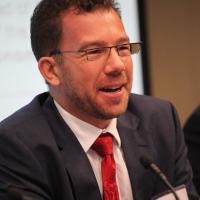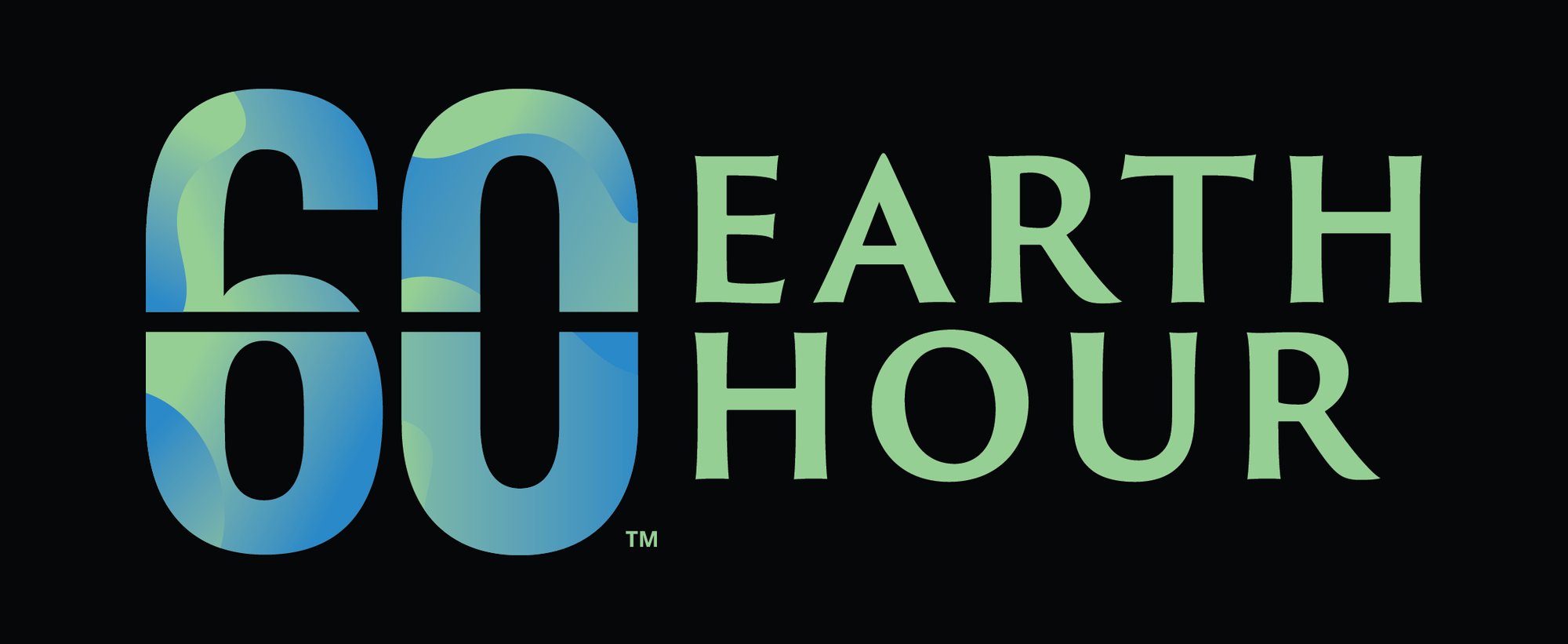
What does the Paris Climate Agreement mean for our forests? Peter Graham, Lead for the WWF Forest and Climate Programme tells us more.
If you had three words to describe the COP21 in Paris, what would they be?
Motivated. Caffeinated. Historic.
Could you explain what the Paris Agreement means for our forests?
Essentially, the commitment of 195 countries to prevent catastrophic climate change is a commitment to conserve the world’s forests. Forests were explicitly mentioned in Article 5 of the Paris Agreement, which shows just how important they are to mitigating and adapting to climate change – and to meeting global and national goals for sustainable development. By highlighting forests in such a prominent way, the Agreement reinforces and raises the priority of forest conservation and restoration policies and programmes around the world. Acknowledging the vital role forests play in maintaining a stable global climate establishes an irrefutable basis for more comprehensive sustainable forest management in crucial forests like those in Brazil, Indonesia, the Congo Basin and the boreal region.
COP21: the start of a journey or the end of one?
COP21 was a historic milestone in the United Nations efforts to combat climate change, ongoing since 1992. The Paris Agreement is the start of a new, more ambitious, and collaborative journey. There is still much work to do, by governments, the private sector, and civil society to turn the words of the Agreement into actions and results. The Agreement and associated decisions that the world leaders produced during COP21 are guides for that work, but we must continue to increase our efforts in combating and reducing deforestation and forest degradation if we want to meet – or even exceed – the goals of the Paris Agreement. Fortunately, conserving forests and ensuring their sustainable management are highly impactful tools in our toolkit to work towards those goals.
WWF works in forest countries around the world to enable governments, communities, and companies to move towards more sustainable forest management systems as they develop economically. An important part of that process focuses on the protection of the rights and livelihoods of the people who live in, and depend on, those forests. As these peoples and communities are often historic stewards of their environments, safeguarding their lands and practices also protects the forests where they live.
false
© Michel Roggo / WWF
How can people contribute towards the success of the Paris Agreement?
There are two main avenues for individuals to contribute to the success of the Paris Agreement: political engagement and personal consumption choices. Political engagement can include anything from signing a petition about an environmental issue, writing to government officials, or community organizing. It’s important that citizens hold their elected officials accountable to the commitments they made in Paris – show them that it is important to you, so that becomes important to them.
Personal consumption choices can also support the aims of the Paris Agreement, by showing private companies and government regulators that you care about the environmental and social impacts associated with the products we buy and encouraging them to find ways to decrease the amount of carbon emissions tied to those products. People can support businesses that have certified sustainable forest practices by buying products with the FSC label on them, choose products that use sustainably produced palm oil, or push for a ‘deforestation-free’ certification, in order to shift market power away from businesses that aren’t as forward-thinking in their supply chain management and raw materials sourcing practices.
Protecting forests and changing climate change begins with you. To get started, sign up for the Earth Hour Movement now.
